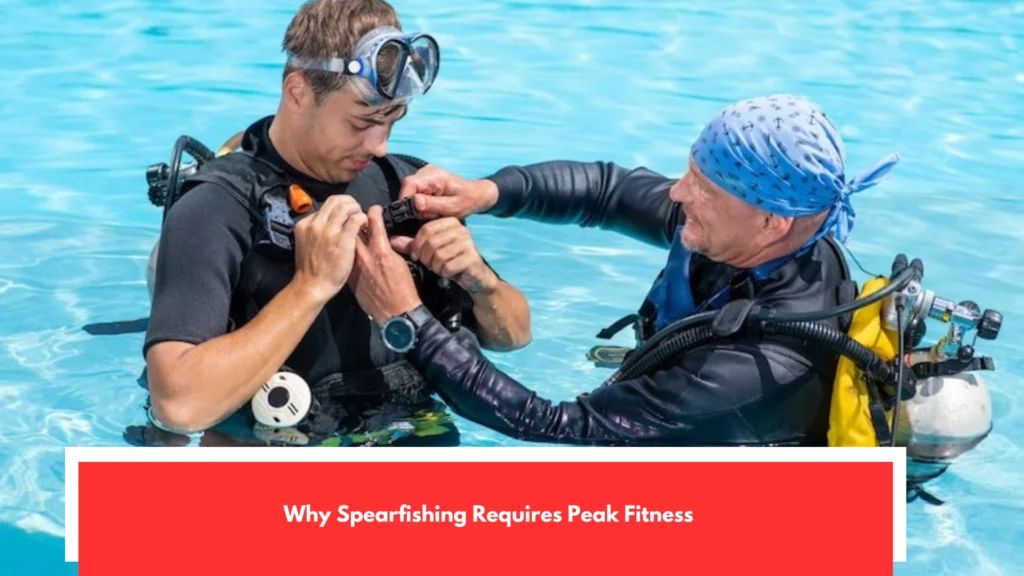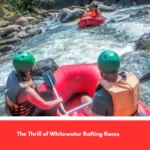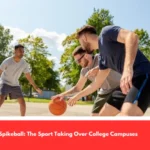Freediving is an extremely physically taxing sport, particularly when used to go fishing. Concentrated on the process of fishing, actually, the athletic gesture may become secondary and the skillfulness of movements and the sufficient use of effort in hypoxic conditions may become more important. Spearfishing demands extensive conditioning in breathing, strength, and endurance. Why Spearfishing Requires Peak Fitness is clear, as running and pool work alone aren’t enough to boost underwater performance.
Spearfishers can acquire some fundamentals, such as recovery and breath control, by incorporating certain exercises taken from yoga and some other hard work performed in the equipment room. If we consider physical training for fishing, we naturally come to the firm assertion that optimum spearfishing training is indeed going spearfishing.
Training and physical preparation for underwater fishing

Kind of trainings that can play decisive role in the development of the greater endurance, kicking power or the ability to control the breathing. Supposing that every freediver is unique in his/her physical peculiarities and has a definite amount of time to spend on sport training, we may attempt to generalize the problem and enumerate the three types of activities that must never be absent in the training program of any diver, be it a spearfisher aerobic training, i.e. the kind of activities that demand a limited effort but can last quite a long time: running at a steady pace and swimming long distances are good examples of that.
Do these exercises at moderate rates with performance but without production of lactic acid. Do anaerobic lactic muscle work through brief but intense activities, such as circuits of bodyweight exercise or sessions of weight training, that take relatively extended recovery periods. Practice regularly muscle relaxation as a fundamental training method for freedivers in order to develop greater conscious control of breathing and energy spending underwater. It basically involves having some autogenic training and yoga exercises.
Underwater fitness training: where to start

Although individual differences and needs are considered, a good spearfishing training program must consist of aerobic, anaerobic and relaxation activities, which must accompany every training session in the pool or in the so called dry. Along with the apnea diving techniques, a spearfisher needs to possess a good endurance, the skill of recovery and be strong enough to meet the requirements of using the equipment and escaping of more or less large fishes.
Regardless of the environment you prefer to do your physical preparation, you can adjust your training respectively to improve the exact skills which will be the most helpful on a fishing trip. Clearly, the optimal training would be based on the initial condition and the ambitions of the fisherman: in case the idea is to increase the swimming proficiency, one should consider the training methods that enhance the muscle group used in that motion, i.e. running uphill or working out in the gym. Conversely, in case you need to increase your physical endurance, as well as the ability to work.
Spearfishing training

In apnea, you can perform aerobic exercises, such as running or swimming, to increase these qualities through the addition of breath-hold to your regular training. One of the most common and effective trainings, which is also applicable in the preparation of freedivers, is running because it is possible to work on endurance as well as on power and breathing. The changes in speed and inclination, e.g. assist the heart in working at a variable intensity and make it possible to train all muscle fibers.
Freedivers specifically find running to be a great training method because they can complement it with sporting-specific training that increases control of breathing and hypoxia resistance. They typically combine running with training in controlled breathing exercises and apnea diving, which are two of the most effective techniques. The former is by interposing between the two respiratory acts a definite number of running steps, the exhalation taking twice as long as the inhalation (say 5 steps during inhalation, 10 during exhalation).
Conclusion

The initial method with running apnea You can experiment with it in the training sessions of this kind, interchanging short apneas with breathing (e.g.: 5 steps breathing in, 2 in apnea, 10 breathing out, 2 in apnea, etc.). The latter consists in running as long as possible in apnea, at a slow speed, with each workout followed by a complete recovery. Spearfishing training is concerned, the pool is definitely the best option to train and get in perfect shape to face the conditions that you will find in the sea.
When swimming without oxygen, since in the pool you can find most of the conditions you will find in the sea. Pool training can be very helpful not only to make progress in swimming but also to train CO2 addiction, perception of fatigue, and recovery capacity. In the case of pool work, the same or similar may be said as running: the basis of athletic preparation is good shape. aerobic training, which can be implemented in one long-distance swim at moderate intensity, interchanging with faster work and long rest. However, swimming in the pool you can directly train your apnea skills: you can do a specific number of tasks. hypoxic tanks, adjusting the speed and recovery rates depending on the qualities you are interested in.





